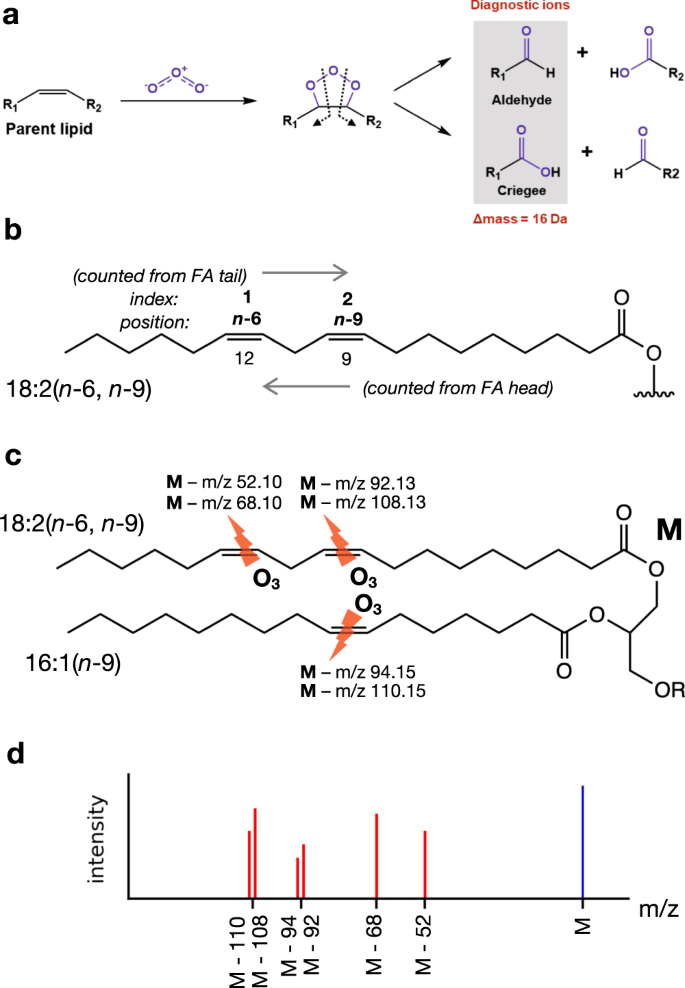2024-01-17 ロスアラモス国立研究所(LANL)
◆ロスアラモス国立研究所のEvan Thaler博士らは、AIを使用して永久凍土の変化を高精度でマッピングする手法を開発しました。これにより、従来のモデルでは不足していた地域ごとのリスク評価が可能となりました。
◆このAIモデルは、植生、地形、雪の被覆期間などの要素を考慮し、高い精度で永久凍土の現在地と将来の変化を予測します。この研究は、北極圏の急速な変化に対応する新たな手法を提供しています。
<関連情報>
- https://discover.lanl.gov/news/0116-ai-permafrost-maps/
- https://agupubs.onlinelibrary.wiley.com/doi/full/10.1029/2023EA003015
アラスカ州スワード半島の3つの流域における表層永久凍土の高解像度マップが機械学習により作成される High-Resolution Maps of Near-Surface Permafrost for Three Watersheds on the Seward Peninsula, Alaska Derived From Machine Learning
E. A. Thaler, S. Uhleman, J. C. Rowland, J. Schwenk, C. Wang, B. Dafflon, K. E. Bennett
Earth and Space Science Published: 19 December 2023
DOI:https://doi.org/10.1029/2023EA003015

Abstract
Permafrost soils are a critical component of the global carbon cycle and are locally important because they regulate the hydrologic flux from uplands to rivers. Furthermore, degradation of permafrost soils causes land surface subsidence, damaging infrastructure that is crucial for local communities. Regional and hemispherical maps of permafrost are too coarse to resolve distributions at a scale relevant to assessments of infrastructure stability or to illuminate geomorphic impacts of permafrost thaw. Here we train machine learning models to generate meter-scale maps of near-surface permafrost for three watersheds in the discontinuous permafrost region. The models were trained using ground truth determinations of near-surface permafrost presence from measurements of soil temperature and electrical resistivity. We trained three classifiers: extremely randomized trees (ERTr), support vector machines (SVM), and an artificial neural network (ANN). Model uncertainty was determined using k-fold cross validation, and the modeled extents of near-surface permafrost were compared to the observed extents at each site. At-a-site near-surface permafrost distributions predicted by the ERTr produced the highest accuracy (70%–90%). However, the transferability of the ERTr to the sites outside of the training data set was poor, with accuracies ranging from 50% to 77%. The SVM and ANN models had lower accuracies for at-a-site prediction (70%–83%), yet they had greater accuracy when transferred to the non-training site (62%–78%). These models demonstrate the potential for integrating high-resolution spatial data and machine learning models to develop maps of near-surface permafrost extent at resolutions fine enough to assess infrastructure vulnerability and landscape morphology influenced by permafrost thaw.
Key Points
- High-resolution maps of near-surface permafrost on hillslopes were generated from machine learning models
- The normalized difference vegetation index was the most important feature in prediction of near-surface permafrost
- The support vector machines generally generated the highest balanced accuracy for predictions at sites where the model was not trained
Plain Language Summary
Accurate spatial assessments of the extent of near-surface permafrost in regions of discontinuous permafrost are essential for evaluating the potential impacts of permafrost thaw. Most current estimates of permafrost extent are provided at the scale of 10s of meters to kilometers, which is often too coarse to understand the impacts thaw might have on infrastructure or geomorphic processes. We trained machine learning models to generate maps of near-surface permafrost at 3 m spatial resolution in three sites in western Alaska. These maps provide an advancement in evaluating the extent of permafrost in the region as well as highlighting the landscape and ecological factors most important in driving predictions.




